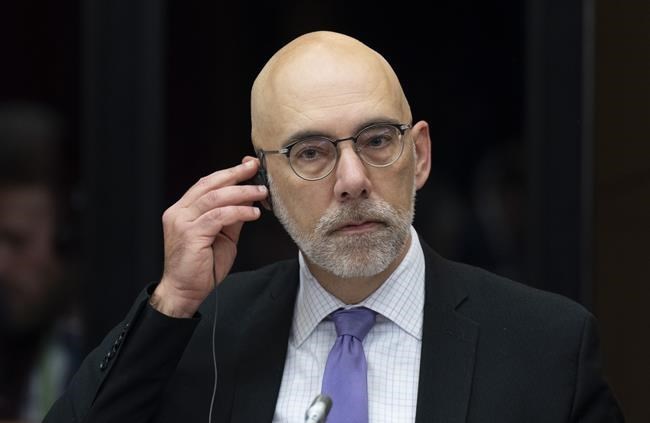OTTAWA — The parliamentary budget officer says lower-income households maintained their purchasing power despite high inflation with help from government benefits.
In a report released Thursday, the PBO analyzed how the purchasing power of households at different income levels changed between the final quarters of 2019 and 2022.
The report says all households saw an increase in purchasing power over those three years, rising by five per cent overall.
That suggests households could buy more with their incomes at the end of last year than they could before the COVID-19 pandemic hit Canada in early 2020.
That is despite a rise in inflation that peaked at 8.1 per cent last summer.
But for households in the bottom 20 per cent of income, their earnings were not enough to address the rising cost of living.
The report says those households relied on government transfers to make up the difference.
"Higher-income households are better able to handle the rising cost of living using their own sources of income," the PBO said.
The analysis found COVID-19 benefits cushioned incomes at the start of the pandemic and actually boosted purchasing power for households.
And while the rise in inflation outpaced incomes for some time, households overall still saw their purchasing power increase compared to pre-pandemic levels.
This report by The Canadian Press was first published June 22, 2023.
Nojoud Al Mallees, The Canadian Press



